Vermes
Advanced Member level 4


This device is only the module of the laser, not the projector.
Attention: working with this device, do not look directly in the laser!
The idea of this laser is to combine three lasers of the basic colors (red, green blue) and make the beam cover each other. With an appropriate control, any color can be made from it. The combining of the beams is made by interference (dichronic) filters. It is viewed below:
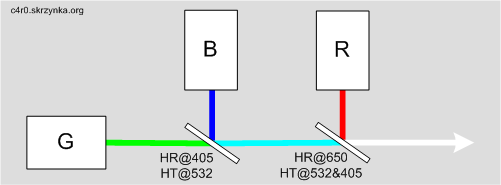
The laser module contains 3 lasers (wave length in parenthesis):
- the red one from a DVD writer (650nm)
- the green one from a pointer (532nm)
- and a violet one from a HD DVD reader (405nm)
The interference filters are also from optical devices like DVD recorders. The whole device was placed on an aluminum tile. The violet and red lasers are screwed and the green one is glued. Many time was wasted to put the filters in the correct positions (to cover the beams) – but it can be made by hand without any precise devices. After setting them in the correct position, they have been also glued adhesive bookbinder. The whole device was locked in an aluminum housing with threaded holes and scrap wood floor boards.
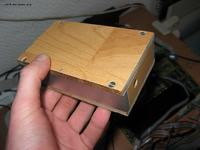
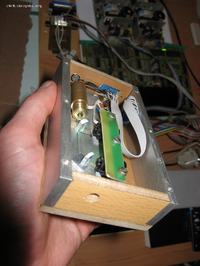

To power the laser diodes, a 3 channel power supply was designed, based on some transistors, resistors and reference power source. Each channel consists of a power Mosfet, transistor blocking it on suitable power and a transistor used for switching the power off. The circuit has 3 inputs on which signals from the drivers come in and steer the individual lasers. The currents can be adjusted to get the right white color.
On the photos below, there is the schema of the diode power supply:
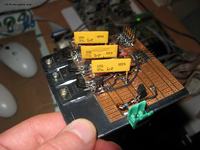
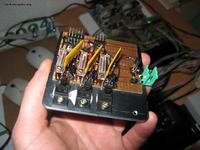

Any NPN and Mosfets-N transistors can be used.
Below is a white beam shining through a diffraction grating.
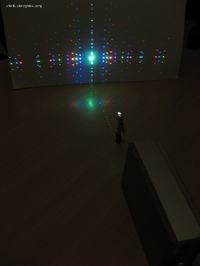
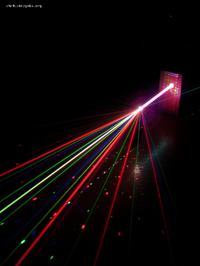
Some effects made by this device with galvo scanners:
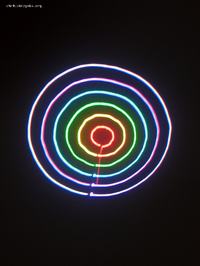
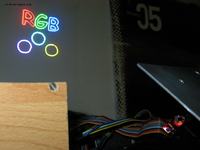
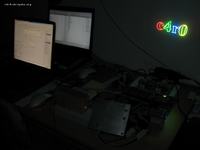
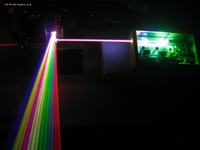
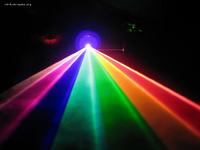

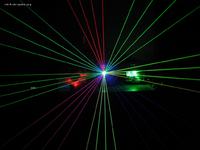
To steer the galvo, Popelscan 3.1 program was used with an interface to it. The schema is below:
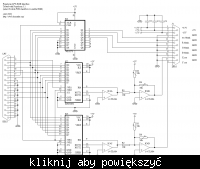
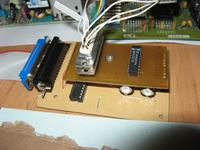
The whole device: the laser with the power supply circuit, galvas with amplifiers with a power supply and the Popelscan interface:

Link to video:
Link to original thread – Tani laser RGB - po raz drugi
